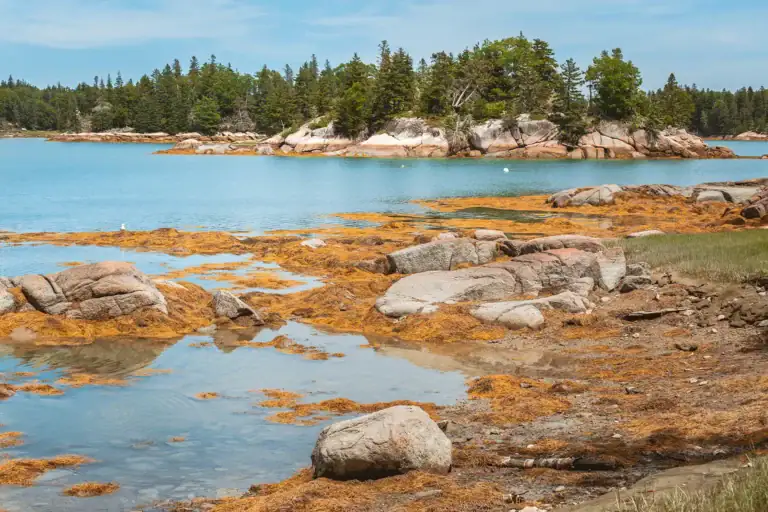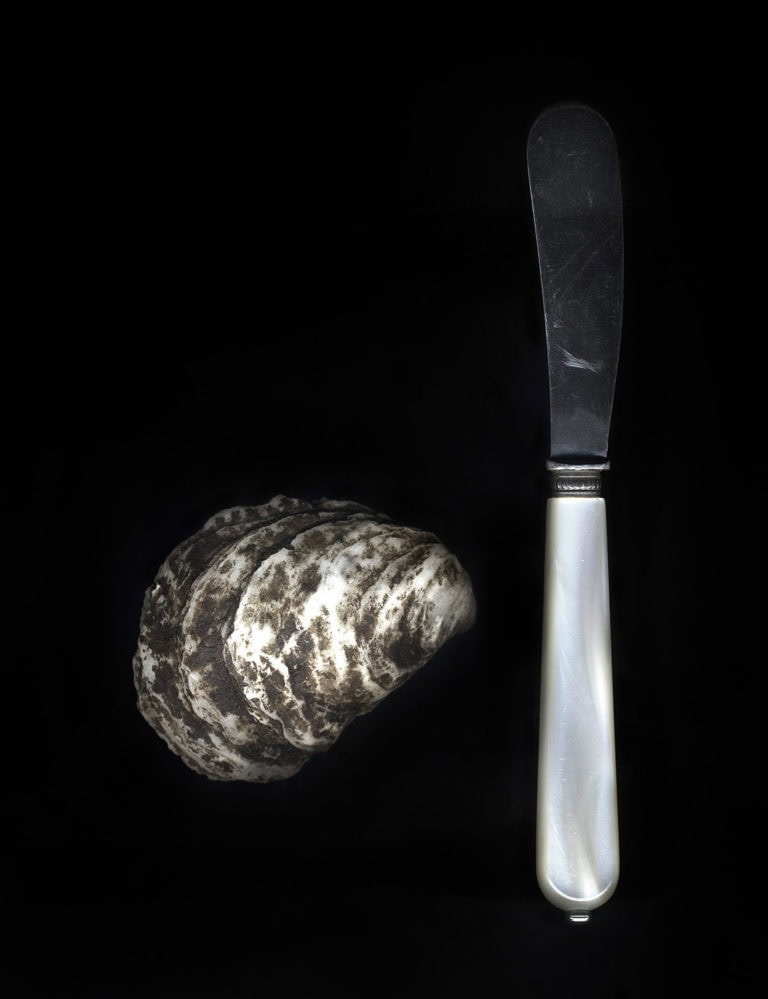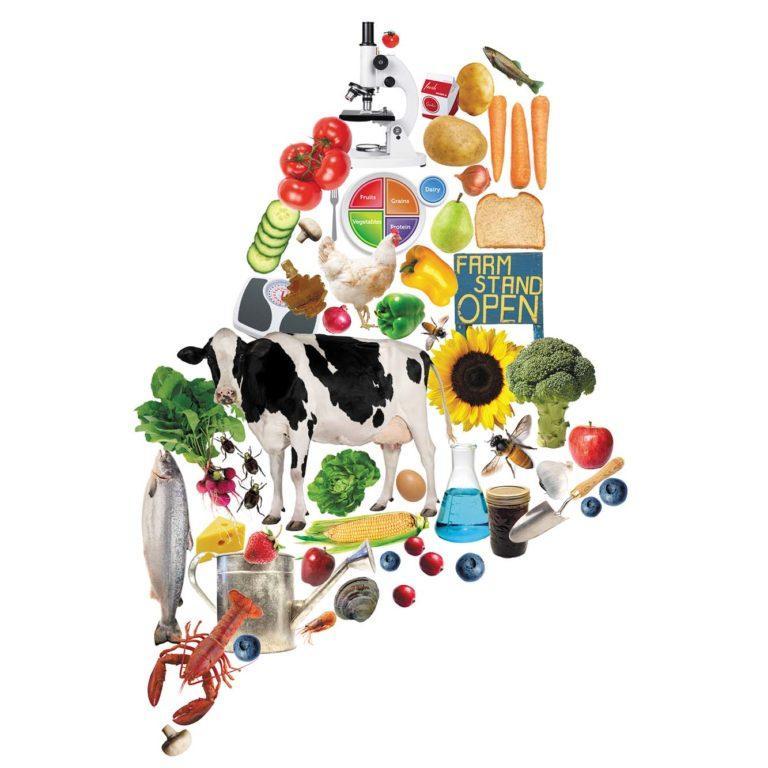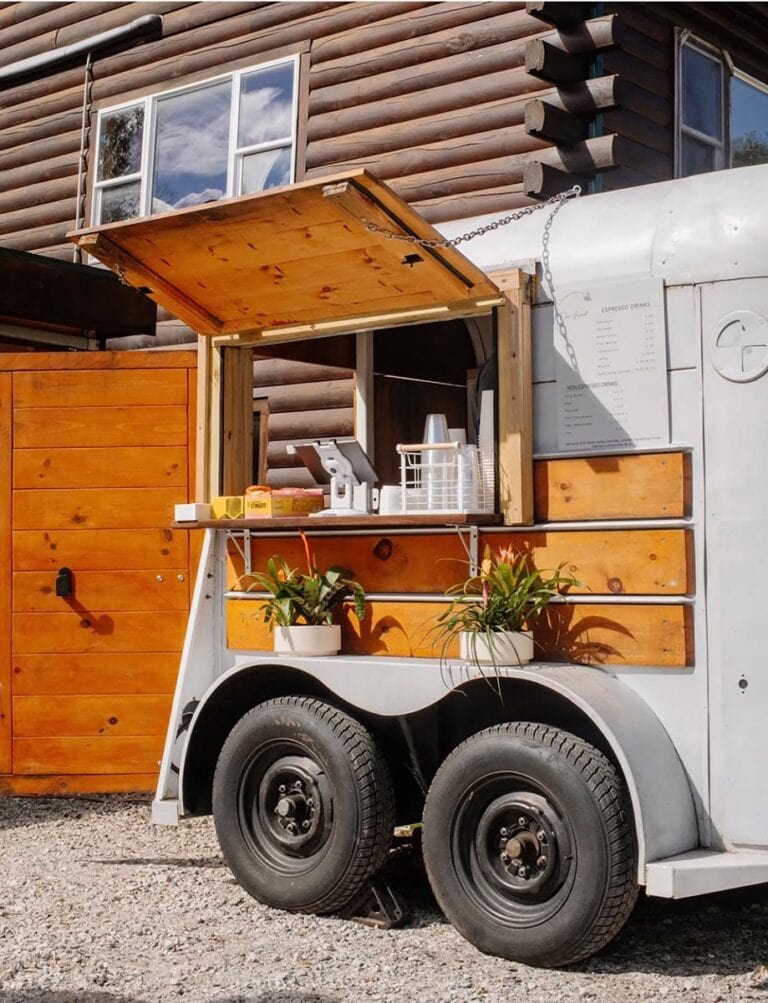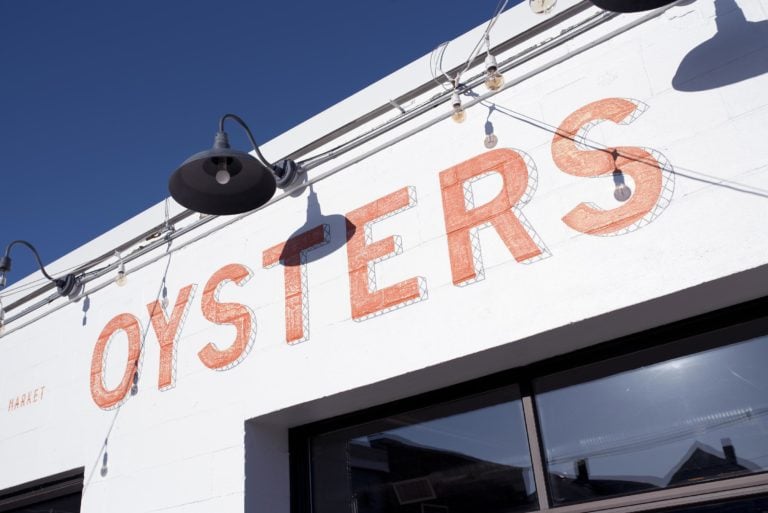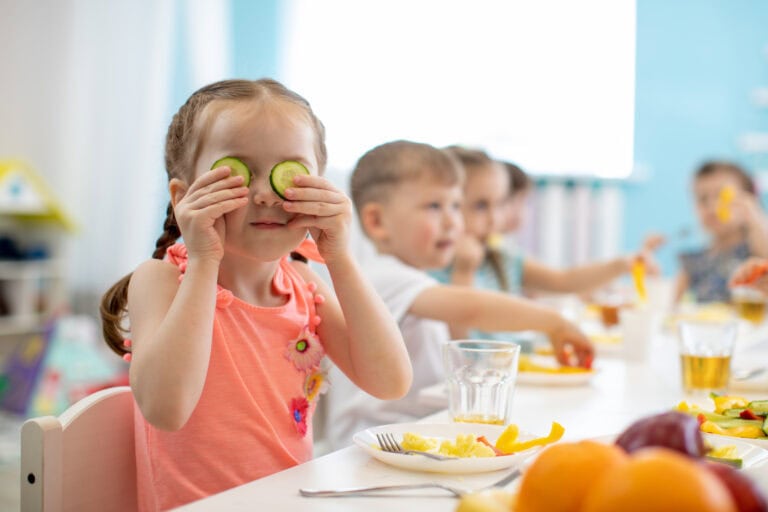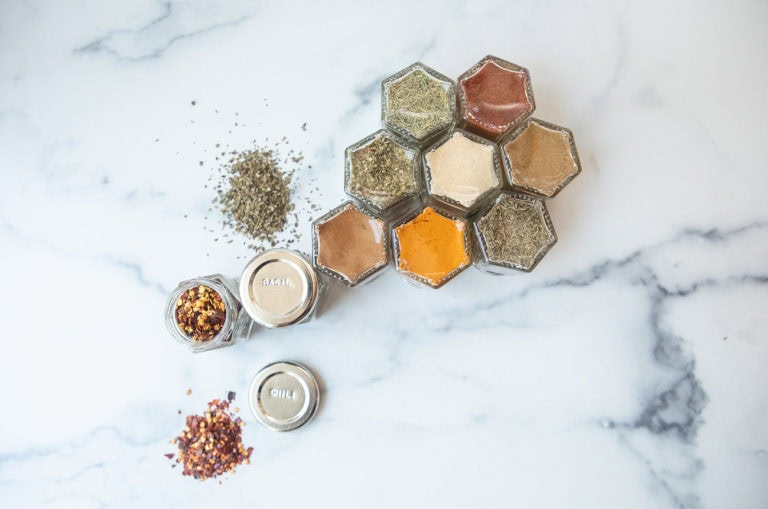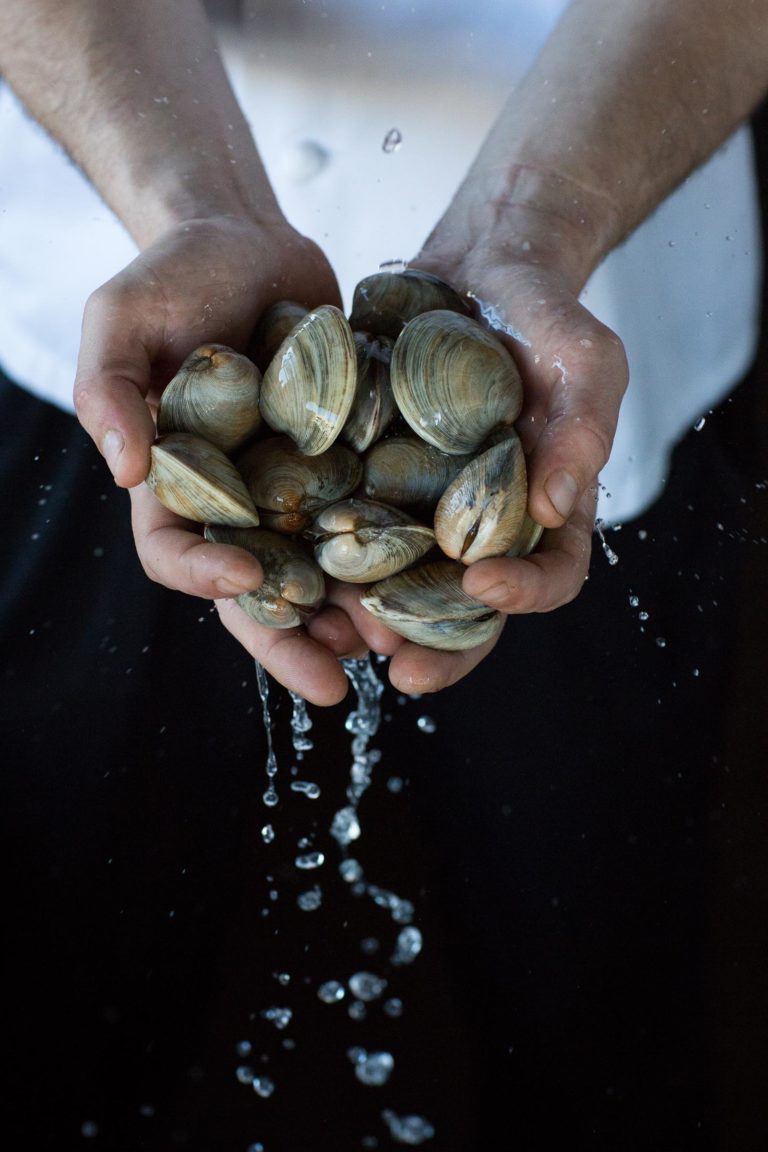Chef Joe Robbins’ mission is proving that cultural preservation is not locked in the past by bringing contemporary indigenous cuisine to the front and center of Maine’s food scene – one plate at a time.
“I want to do it in a modern way and show how much technique can be applied to bring it to the dining world now versus just eating it for substance because that’s what you have for survival,” said Robbins. “If our [indigenous] food isn’t successful and it goes away because nobody’s cooking it anywhere, it’s gone.”
After bouncing between restaurants, food trucks, catering gigs, and newspaper deliveries totaling 1,200 miles a week, Robbins, 33, landed at the Bissell Brothers Three Rivers Brewery & Taproom in Milo, where he has been involved with the startup phase of the restaurant since before its launch in 2022. Since then, Robbins has found his rhythm in ways that harken back to a deep-rooted sense of connectedness to the land and the water while catalyzing change within and beyond Indigenous foodways.
“It’s a really cool concept of staying as hyperlocal as possible. … Our beef provider is 12 miles from our door. If you have a cheeseburger with fries at the restaurant, all of those ingredients are from within 100 miles of your plate,” says Robbins. “It’s been quite the ride for two years of making this all fit together. It’s the original dream come true.”
By creating space for dishes inspired by Indigenous food traditions and locally sourced ingredients, Robbins is showcasing the essence of modern Indigenous culture with memories of the past and thoughts of the future. His creativity has manifested itself on the brewery’s menu thus far with Navajo tacos, featuring bison from a local ranch on fry bread; three sisters succotash with a poached duck egg and raspberry wojape, a traditional Native American sauce; and, at an upcoming beer dinner, bread skin cod with wild rice, poached quail egg, and blueberry wojape.
Robbins is not only changing the menu; he’s shifting the paradigms as well.
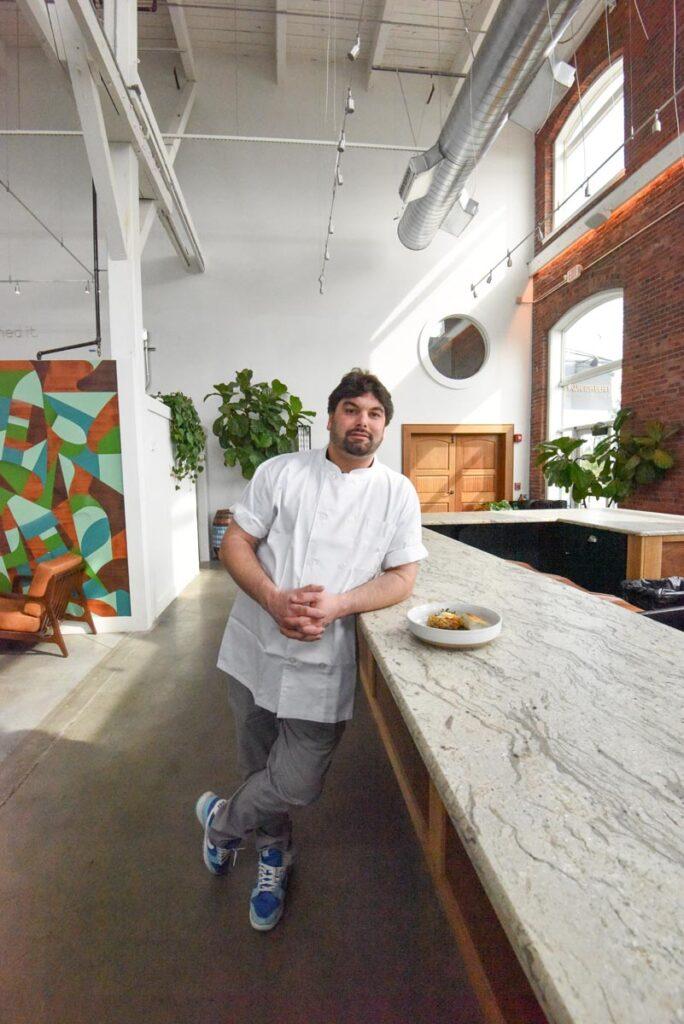
“A lot of native chefs won’t do Navajo tacos because it was the start of being forced onto reservations with the government commodity food program and eating wheat,” says Robbins, who draws parallels with the complex history of West African-inspired soul food in the South. “However, it was a survival food for those people for so many years. We wouldn’t be here without it, so I think it’s important to touch on it.”
Robbins is doing more than just touching on it, however, by setting the bar as high as possible with aspirations of a James Beard Award in the future.
“To get Native American food on the map, it has to go really, really high and then it can trickle down … in ways that would allow people to pass it on or go in different directions. It can’t really start from the bottom because people won’t take it seriously,” says Robbins. “In society, if you see a new ethnic restaurant and it’s not great, it won’t survive.”
“That’s when I get back to education,” says Robbins. “People are so far removed from what food is made of and how it gets here and the hard work that’s really done before I ever touch it. … When it comes to food, it’s showing people the reasons why you would do things seasonally: There wasn’t another choice.”
In recent months, Robbins has found himself being pulled toward education, in ways that have the potential to galvanize his purpose and extend it to the next generation.
“Any Native American history that we learned in school was so much in the past. I remember students right alongside me saying, ‘Oh, aren’t all the natives dead?’” says Robbins, who grew up on the nearby reservation in Old Town.
“Right now, there’s a bubble of mainstream Native American day-to-day life on TV and social media, so you don’t have to go looking for it like you once did, which in some ways is very good and in other ways is not good because it doesn’t come with a lot of knowledge behind it,” says Robbins. “You have to force yourself to deep dive.”
Robbins’ recent forays into educational programming have evolved organically in response to an influx of people expressing interest in Indigenous foodways. His educational work knows no bounds at this point, having involved collaborations with North American Traditional Indigenous Food Systems, the Osher Lifelong Learning Institute at the University of Southern Maine, the University of Maine, the Portland Museum of Art, and Brewer public schools.
“It’s a lot of people coming to me and starting the conversation. … A lot of these things just landed in my lap, and I was like, ‘OK, well, where can I take them?’” says Robbins. “My curiosity has pushed me in that direction.”
“He’s doing all this because this is his passion,” says Sandy Garson, food historian and instructor at the Osher Lifelong Learning Institute. “I called him out of the blue [to ask about teaching a workshop at the institute] and he said, ‘I would be thrilled to do that.’”
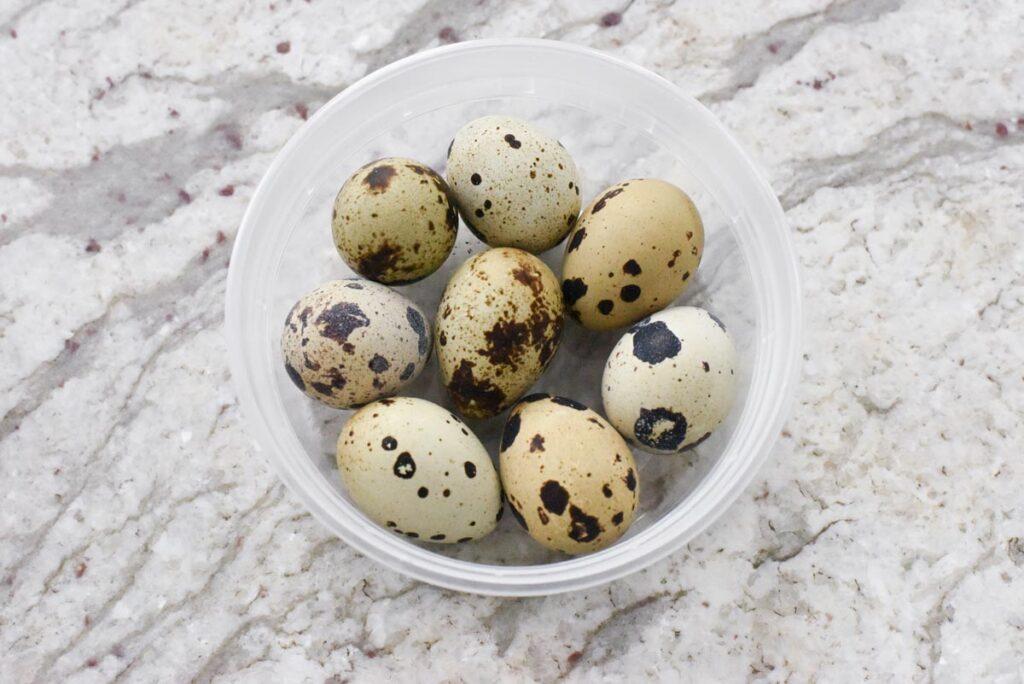
“I knew that we owed our bean hole suppers, lobster bakes, blueberry harvesting, maple syrup tapping, and crackerjack to the Wabanaki people, but when he told us about harvesting wild rice with canoes in Maine, we all went crazy!” says Garson, who was particularly interested in the Indigenous connections between wild rice in Maine and Minnesota as explained by Robbins during the workshop. “We were all fascinated by what he said.”
There is no shortage of educational collaborations in the future for Robbins, who, along with Garson, is entertaining the idea of a Wabanaki cookbook. Only time will tell what comes next.
Robbins, like the Wabanaki language, is always moving. “The language is based on nature that is always moving or always doing something. It makes so much sense of the world around you. It’s reciprocal. It’s always moving; it’s always cycling,” says Robbins.
“There are some days where I would love to just pick up and move and work in New York City to cook with the best of them and see if that’s something that I’m able to do because obviously you don’t know until you’re there,” says Robbins. “And there are other parts of me that are like, ‘No, I never really want to leave doing the groundwork for what we’re doing now.’”
“I don’t know where I want to go, but I don’t really have control of that. I’m just riding and seeing where it goes.”







